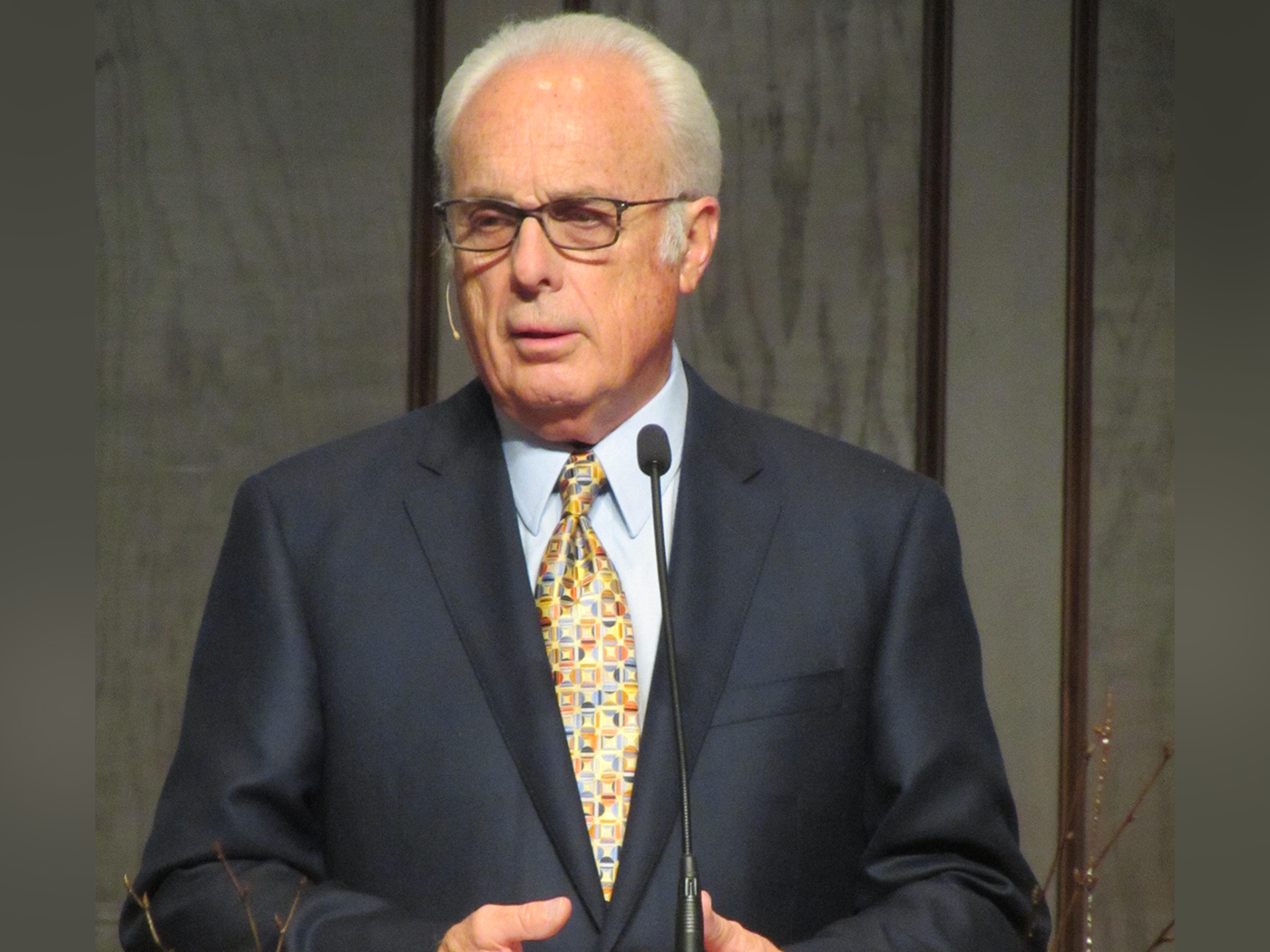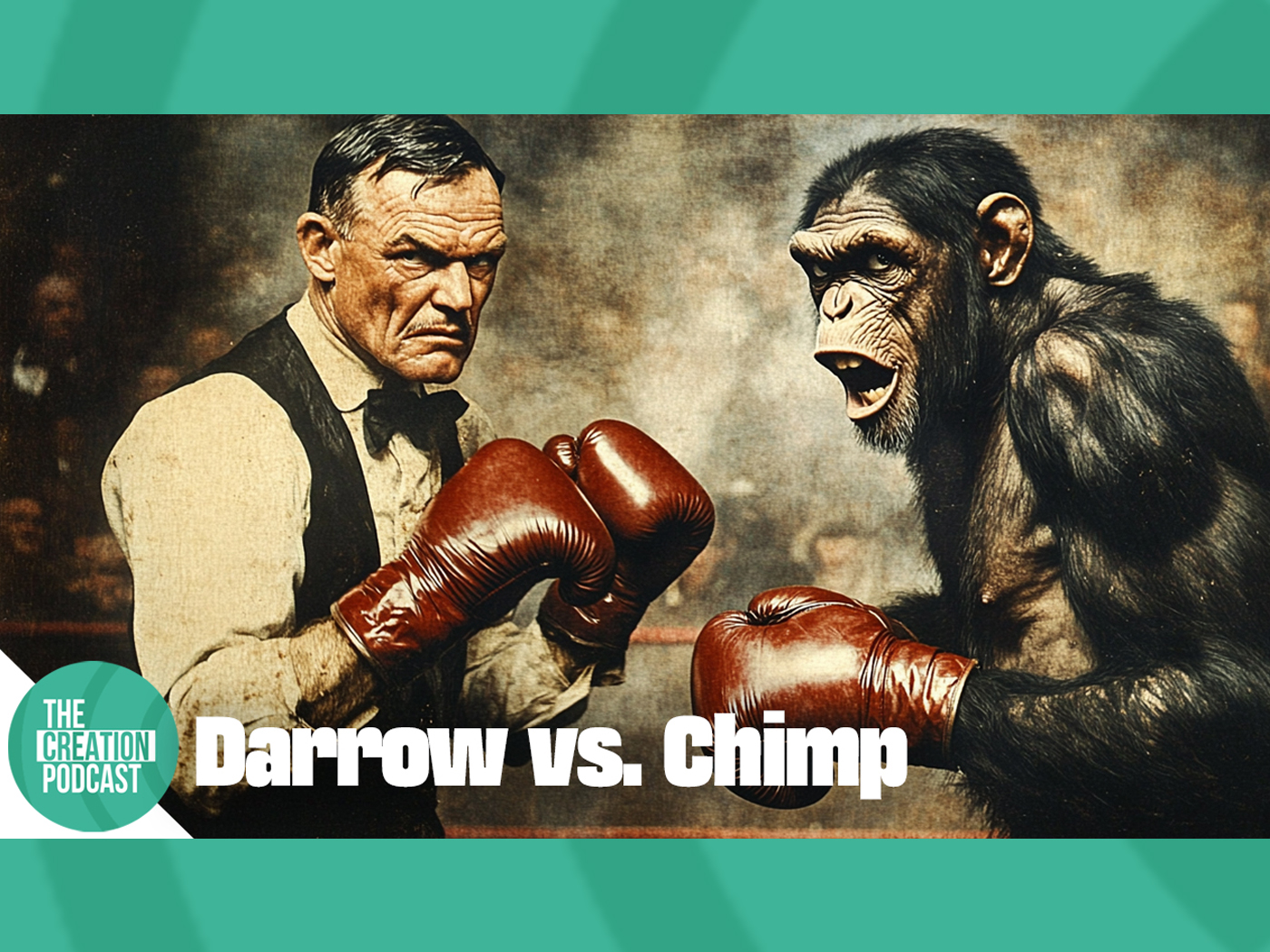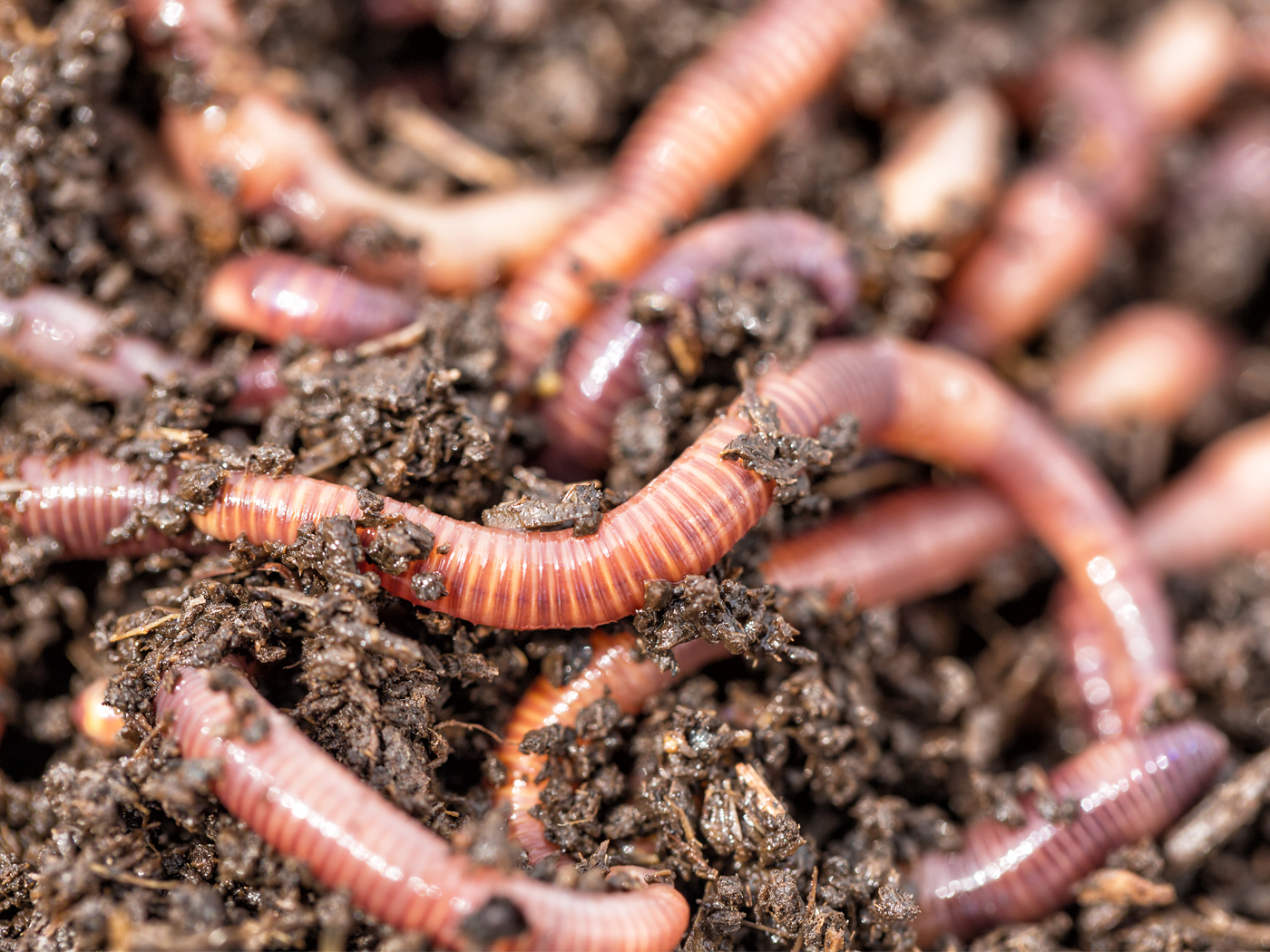For the past two decades, paleontologist Mary Schweitzer has been at the cutting edge of research demonstrating that certain dinosaur remains contain original soft tissue. Of course, since this material should have completely decomposed after only thousands of years, none should be left after the millions of years assigned to these remains. And this is why scientists who have chosen to investigate soft tissue remain divided over the issue.
Schweitzer’s latest technical report attempts to justify that in-bone collagen recovered from dinosaur remains is original to the dinosaur…and not a bacterial or lab-bench contaminant…on the basis of the peculiarities of the collagen protein’s three-dimensional structure. Collagen is a tough structural protein that bacteria do not manufacture. It forms long strands and acts like molecular strings that tie or connect other tissues such as skin and bones.
In order for collagen to form long strands, the molecule has specific patches along its surface that cross-link to one another. This way, four or five individual collagen protein strands are bound and coiled together at any given point along the string. The study, published in the online journal PLoS ONE, argued that these connection patches along the molecule are not as exposed as other regions.1 The authors presented evidence that the more exposed regions of their T. rex collagen had experienced more degradation than the less exposed regions.
But in an exercise in circular reasoning, this insight was erroneously applied to justify the claim that the collagen is actually millions of years old. The study authors wrote:
Our results add to the evidence provided by sequence data, molecular phylogenetic analyses, microstructure and immunoreactivity to anti-collagen antibodies, that supports persistence of elements of native collagen fibril structure across geological time in some fossils.1
But in reality, their results add to the overwhelming evidence that supports the presence of elements of native collagen fibrils in fossils. The only way to construe this as evidence that supports the persistence of collagen "across geological time" is to first assume that the fossils were deposited in the context of geological time.
In other words, the authors take as a starting premise that the dinosaur fossils in question are about 67 million years old. Their second premise, taken from observations, is that the dinosaur remains consist partly of original organic matter, in this case collagen protein. The conclusion then follows that original organic matter has persisted for millions of years.
This commits the logical fallacy called "begging the question," where the supposed conclusion rests on a premise that assumes that conclusion.
The first premise, that the remains are millions of years old, has been effectively disproven by experiments with collagen decay rates.2 The study authors even pointed this out:
Current temporal limits for survival of original biomaterials are based upon theoretical kinetics and laboratory experiments designed to simulate protein diagenesis [burial and fossilization] through exposure to harsh conditions…and predict complete degradation of measurable biomolecules in well under a million years if degradation proceeds at simulated rates.1
But the authors then argued that because the remains are millions of years old, these collagen decay experiments, which they refer to as "models," must be wrong. This is a bad argument.
Here are the scientific facts: First, the collagen is original to the dinosaur.3 Second, collagen decays in thousands of years or less. Scientists do not have wrong ideas about laboratory-measured collagen decay rates, but they do have wrong ideas about the age of the earth and its dinosaur-containing rock layers. The evidence points to a time span of thousands of years, just as the Bible records.
References
- San Antonio, J. D. et al. 2011. Dinosaur Peptides Suggest Mechanisms of Protein Survival. PloS ONE. 6 (6): e20381.
- Thomas, B. How Long Can Cartilage Last? ICR News. Posted on icr.org October 29, 2010, accessed June 21, 2011.
- Schweitzer, M. H. et al. 2009. Biomolecular Characterization and Protein Sequences of the Campanian Hadrosaur B. canadensis. Science. 324 (5927): 626-631.
Image credit: Museum of the Rockies. Copyright © 2011 San Antonio et al, PLoS ONE 6 (6): e20381 (open access article, usage does not imply endorsement).
* Mr. Thomas is Science Writer at the Institute for Creation Research.
Article posted on July 5, 2011.













